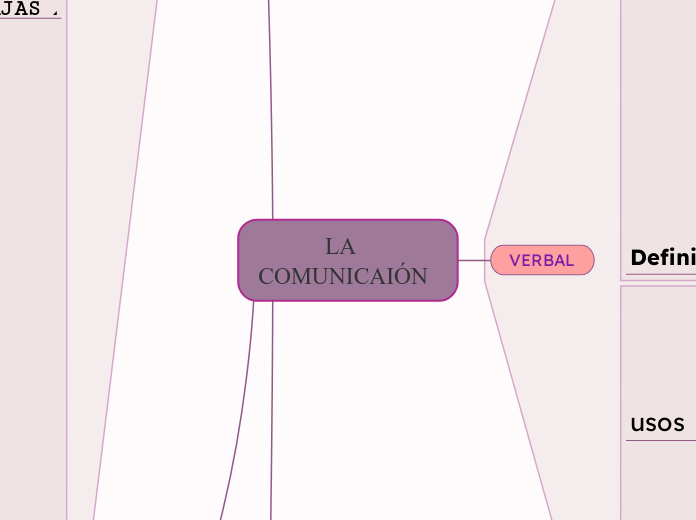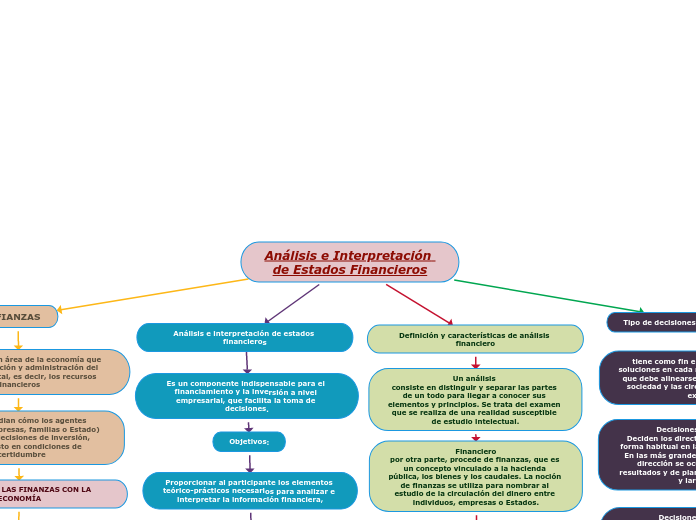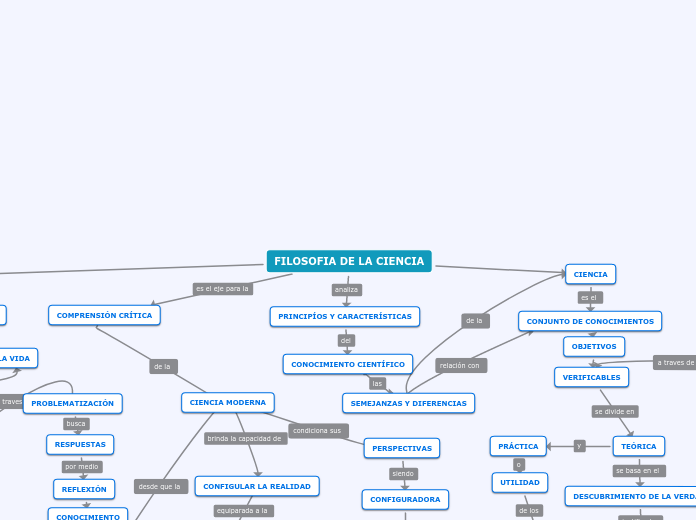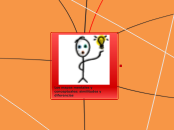5. Manipulación y engaño: La comunicación puede ser utilizada de manera manipulativa para influir en las opiniones o acciones de otros, socavando la confianza y generando desconfianza en las relaciones interpersonales o profesionales.
4Sobrecarga de información: En entornos donde la información fluye constantemente, como en el trabajo o en las redes sociales, la sobrecarga de información puede dificultar la atención y el procesamiento de mensajes importantes.
3. Barreras lingüísticas y culturales: Las diferencias en el idioma y la cultura pueden dificultar la comunicación efectiva, limitando la comprensión y la cooperación entre personas de diferentes orígenes.
2. Malentendidos: La comunicación puede ser ambigua o malinterpretada, lo que puede conducir a confusiones, conflictos y errores.
LA COMUNICAIÓN
Tenses demonstrate the time of actions centered around the subject of the sentence. These actions are called verbs and change according to tenses.
DESVENTAJAS
1. Rumores y chismes: La comunicación inexacta o no oficial puede propagar rumores y chismes, causando malentendidos y dañando relaciones personales o reputaciones profesionales.
VERBAL
There are four Future tenses:
- Future Simple ('with Will' and 'with Going to')
- Future Continuous
- Future Perfect Simple
- Future Perfect Continuous
VENTAJAS
Future Continuous is used:
- for an action that is likely to happen in the future and continue for an expected length of time
- for an action that will be in progress at some point in the future
- for action verbs (e.g. running)
- for predictions about future events
Adverb used with Future Continuous:
- tomorrow (e.g. tomorrow at 5 o'clock)
5.Es esencial en la toma de decisiones: Proporciona el flujo de información necesario para tomar decisiones informadas en diferentes ámbitos, desde el personal hasta el profesional
Structure:
Will + Subject + Be +Verb-ING?
e.g. Will you be having fun at the party?
4.Permite la coordinación y colaboración: Facilita la coordinación de acciones entre individuos y grupos, promoviendo la colaboración eficaz en proyectos y tareas.
3.Promueve el intercambio de ideas: Facilita el intercambio de conocimientos, experiencias y perspectivas, lo que fomenta la creatividad, la innovación y la resolución de problemas.
Structure:
Subject + Won’t Be + Verb-ING
e.g. He won’t be having fun at the party.
2.Fomenta relaciones interpersonales: Fortalece los lazos sociales al permitir expresar emociones, necesidades y opiniones, promoviendo relaciones más sólidas y satisfactorias
1.Facilita la comprensión: Permite compartir información de manera clara y precisa, lo que facilita la comprensión mutua entre individuos
Structure:
Subject + Will Be + Verb-ING
e.g. You will be having fun at the party.
VERBAL
There are four Past tenses:
- Past Simple
- Past Continuous
- Past Perfect Simple
- Past Perfect Continuous
Ejemplos
Past Perfect Continuous is used:
- for an action that started in the past and continued up to another point in the past
- to show cause and effect
Some adverbs used with Past Perfect Continuous:
- since (e.g. since yesterday)
- for (e.g. for 10 years, for 6 months)
Una llamada de servicio al cliente
Structure:
Subject + hadn’t been/had not been + Verb-ING
e.g. I was tired because I hadn't been sleeping.
Una reunión de negocios
Structure:
Had + Subject + been Verb-ING?
e.g. How long had they been living in London before moving here?
usos
Past Perfect Simple is used for:
- an action that began in the past and is still going on at the moment of speaking
- an action that continued before and after another action
- a change of mind
- an action happening repeatedly in the past
The Past Perfect tense is not normally used alone. It is used to denote the earlier of two past actions. We use Past Simple for the latter action.
Some adverbs used with Past Perfect Simple:
- already, before, ever, never
- once, twice, yet
- just, up to then
- for, since
Negocios
Educación
Structure:
Had + Subject + Past Participle?
e.g. Had they met Sarah before the party?
Expresiones corporales
Gesticulaciones
Structure:
Subject + hadn’t (had not) + Past Participle
e.g. They hadn’t met Julia before the party.
Movimiento de manos
Structure:
Subject + had + Past Participle
e.g. They had already met Julia before the party.
Definicion
Past Continuous is used for:
- an action that happened before another action in the past
- an action that started in the past and continued up to a given time in the past
- an action done several times up to a point in the past and continued to do after that point
- an action that happened in the past but is important at the time of reporting
Some adverbs used with Past Continuous:
- always, only, never, ever, still, just
La comunicación verbal implica el intercambio de información utilizando palabras habladas o escritas para expresar pensamientos, emociones y transmitir mensajes de manera efectiva entre individuos.
Structure:
Subject + was/ were + Verb-ING
e.g. You were studying when she called.
Tipos
Past simple expresses:
- an action that happened in the past and has no connection with the present
- an action that happened once in the past
- an action that happened regularly in the past
- an action that was true for some time in the past
- an event or action that already occurred
- an action that is finite - has both a starting and a stopping point
Some adverbs used with Past Simple:
- yesterday
- last month, last year
- ago (e.g. two days ago)
- in (e.g. in 1997)
- never, always, seldom, often, frequently, occasionally, once, twice
Escrita
Structure:
Subject + did not/didn’t + Base Form of the Verb
e.g. They didn’t like my food.
Oral
Structure:
Subject + Verb in Past Simple (2nd form)
e.g. They lived in Spain three years ago.









